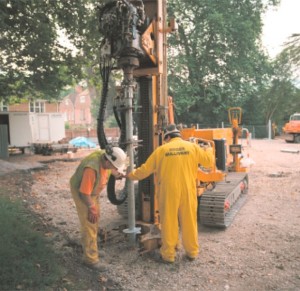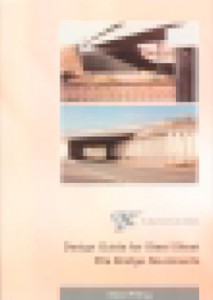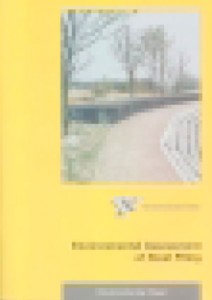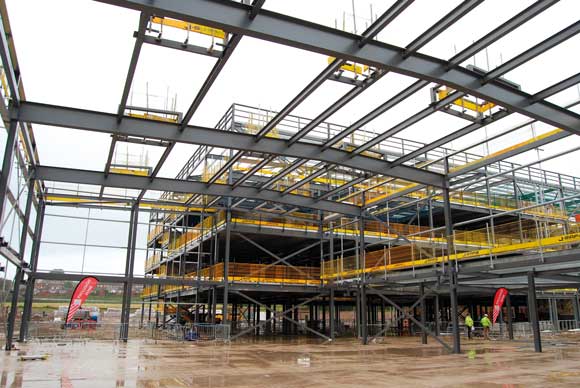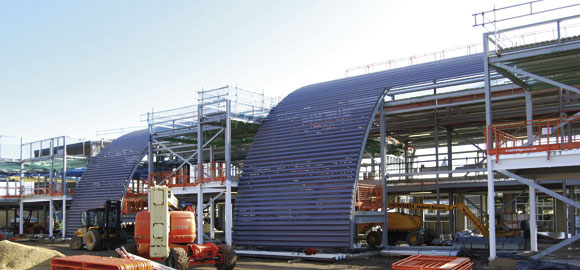News
Screw Piling in Salisbury
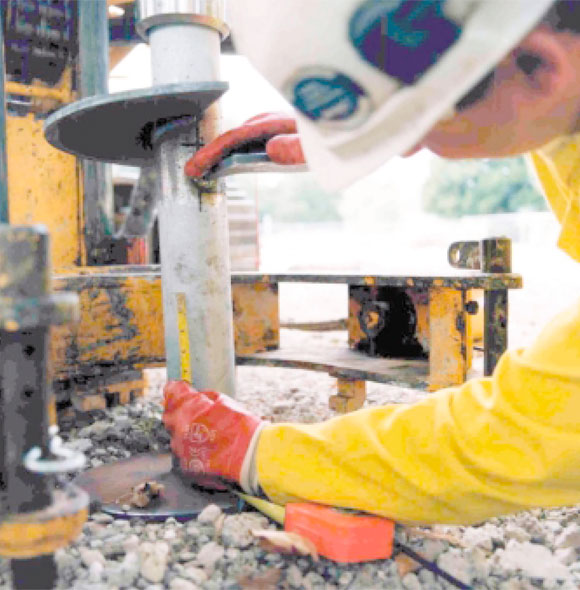
Great care was taken to ensure each screw pile met strict tolerances when in the ground. If the pile was not perfectly vertical, it could simply be unscrewed and the rig operator could try again
The sensitivity of a historic site in Salisbury has led Roger Bullivant Ltd to adapt Victorian marine engineering for founding a modern school development. Tim Sheward reports.
FACT FILE: Leaden Hall school, Salisbury
Architect: Keith Harden Architects
Contractor: Roger Bullivant
The use of screw piling, a form of foundation originally developed for marine engineering in the 19th century, has been resurrected in the shadow of Salisbury Cathedral. Roger Bullivant Ltd has adapted the technique for founding new classrooms within the walls of Salisbury Cathedral Close. Steel helical screw piles have been used to keep disturbance to the ground and the site’s surroundings to an absolute minimum.
The project
The contract, which has involved installation of 83 screw piles at the Leaden Hall school site, represents one of only a handful of uses of these types of piles for founding buildings on solid ground in the UK. Traditionally, marine structures such as pleasure piers, have provided the majority of examples of screw piling.
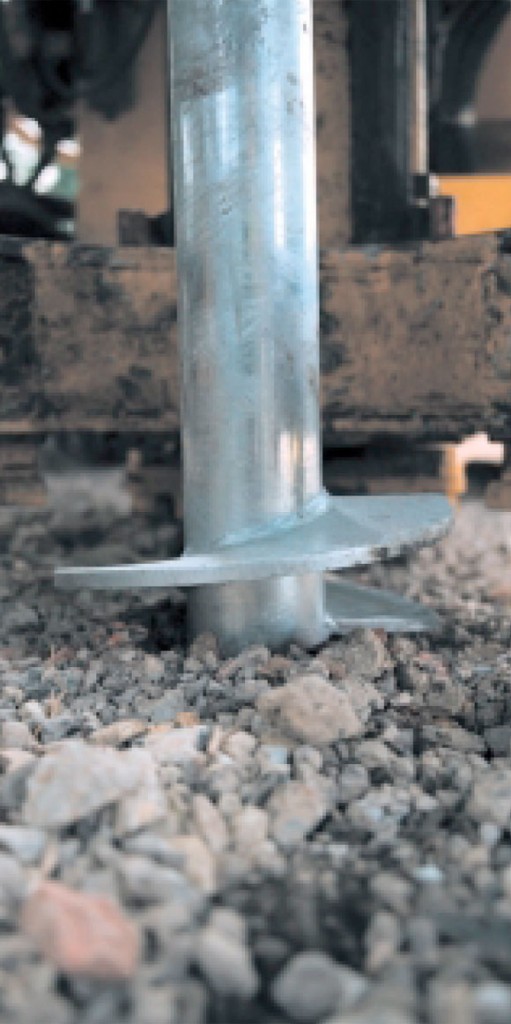
Each steel screw pile used on the Salisbury job was manufactured with a number of helixes which allowed the pile to enter the ground like a corkscrew
In Salisbury, each modern screw pile was made up of a number of helixes – curved spirals of steel of varying diameters connected to a central shaft. They were screwed up to 2m into the ground by a multi purpose, reduced height Klemm 708 rig delivering 13,000kN of torque. Once each pile was screwed into place, a second shaft was attached and screwed on top to give an overall pile depth of up to 5m.
The use of screw piling made it easy to correct flights which might not have entered the ground as they ought to have done. Had a flight hit an obstruction under the ground and veered slightly from the vertical, the rig operator could simply reverse the rotation of the rig, unscrew the pile and try again.
This method was chosen for founding the new Leaden Hall classrooms due to a strict environmental code imposed for the project. This included limits on the movement of vehicles to and from the site, and piling operations were only allowed to cause a minimal degree of noise or vibration.
The environmental stipulations were drawn up because of the site’s location within the walls of the historic Salisbury Cathedral Close, which receives hundreds of thousands of visitors every year. The use of screw piles made it unnecessary to remove spoil from the site, which has restricted access along narrow streets, at one point passing beneath a medieval gateway.
On a conventional piling contract, the ground would almost certainly have been dug and spoil taken away to accommodate the installation of ground beams. If CFA (Continuous Flight Auger) piling had been chosen, many lorries would have arrived at site each day to deliver supplies of ready mixed concrete and remove spoil material.
Prior to installation of the screw piles, only a 200mm layer of topsoil was stripped and moved to one side to be reused later as filler material. Our client wanted a piling system which in theory could be removed without leaving behind any pollution or construction materials if the new classrooms were demolished or moved at a later date.
The screw pile system is particularly suited to poor ground conditions. The make up of the ground in Salisbury consists of fill over a wet, gravely ballast and soft chalk. A conventional piling system would have likely involved driving piles up to 18m into the ground instead of around 5m as was the case with the screw pile system.
Bullivant fabricated all 83 screw piles to a length of 5m. The majority of these consisted of two helixes per flight. In certain areas of the site however, ground conditions were worse than predicted by borehole investigations. The simple addition of two further helixes to a small number of flights at our Drakelow manufacturing facility in the Midlands allowed the job to continue unaffected. The modified flights helped the piles attain the required safe working load in the more difficult ground conditions.
Following their installation, the screw piles were cut to size and capped with a hollow tube before grout was injected to bond each pile and cap securely together.
The Salisbury job has provided an ideal opportunity to demonstrate the effectiveness of the screw pile system on what was a particularly sensitive site. But use of the technique need not be confined to jobs where an alternative means of piling may not be feasible.
Screw piling must be able to compete with other piling systems on less sensitive sites in terms of value for money and effectiveness and there is no technical reason why it should not be able to do so.
When the system was first introduced to us, we thought it would be easy to use and so it has proved. We don’t have to shovel muck away or mix up grout or cement to use the screw pile system.
This system is clean, quick and effective and, with the right equipment, easy to carry out. We believe screw piling has a great deal to offer.
Tim Sheward is South West Technical Sales Manager for Roger Bullivant
History of the screw pile
It is thought that screw piles were first used to support lighthouses around the Irish coast, and the engineer widely credited with the invention of this particular foundation system is Alexander Mitchell from Dublin. Mitchell, a former builder turned inventor, used screw piles on around 18 maritime projects during the mid 19 ccntury.
The first lighthouse he founded using screw piles was at Maplin Sands in Carrickfergus Bay in 1844 and three years later he constructed a screw pile jetty at Courtown on the coast of Wexford.
Other notable uses of the screw pile followed, from the construction of breakwaters to the support of viaducts and bridges, such as on the route of the Bombay and Baroda railway line in India. Screw piles were also used and developed by Eugenius Birch, who designed a good number of the pleasure piers built around the UK. The first pier which he founded using screw piles was at Margate in Kent in 1853 and other piers founded on the system followed at at Blackpool, Eastbourne and Hastings.
Piling Publications from the SCI Steel
Bearing Piles Guide, 1997
This guide covers tubular, box, sheet and H-piles and contains validated methods for predicting driven steel pile axial load capacity and soil resistance to driving.
Design Guide for Steel Sheet Pile Bridge Abutments, 1998
Steel sheet pile embedded retaining walls for bridge abutments can fulfil a number of important economic criteria. The guide was written with reference to UK construction legislation, DoT specifications and both UK Codes of Practice and European Standards.








